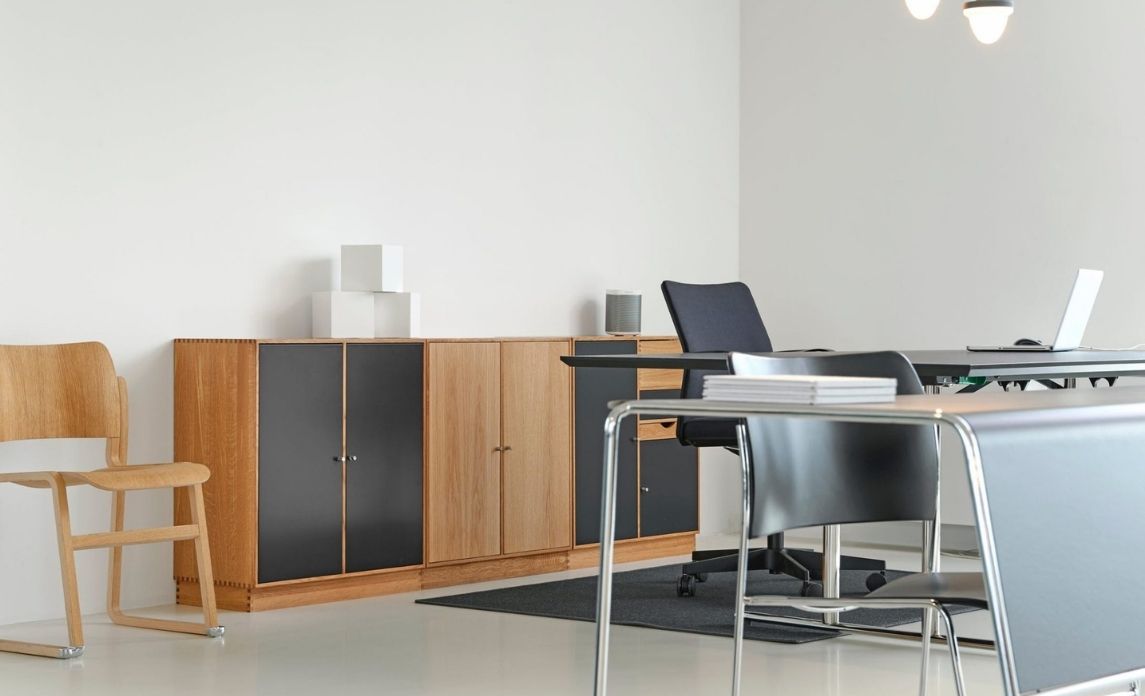It doesn’t matter if you are at home, work, school, or out and about – a clean indoor environment is essential for preserving good health. But is ‘cleaning’ enough?
No doubt you would have heard of cleaning, disinfecting, and sanitising – but what do these words really mean, and how are they different from one another? We’re glad you asked! Essentially, these three different techniques are all part of the complete, overall cleaning and pathogen removing process. Depending on your type of business or building, you will have different cleaning, sanitising, and disinfecting needs and requirements.
Cleaning
When you talk about general cleaning, you are talking about your traditional soap-and-water techniques. This removes surface crumbs, dirt and grease build-up, but it does not kill bacteria and germs. You should clean regularly (daily in busy offices or schools).
Cleaning on its own is not sufficient for high risk or high contact surfaces such as food preparation or bathroom areas. For low contact areas, such as windowsills and floors, the risk of transferring pathogens is low and so cleaning on its own may suffice, but this will depend on the circumstances. For example, when cleaning pre-schools or kindergartens the floors may require sanitising or disinfecting, as young children spend a lot of time sitting and playing on floors.
Because cleaning does not kill germs, there is the risk of cross-contamination. This means if you use the same cloths or cleaning tools in more than one part of the building, the bacteria on those tools can be spread around other surfaces. This is especially dangerous with bacteria such as E. Coli or salmonella, which can be transferred between bathrooms and food preparation areas and can make people very sick.
Cleaning is an important first step before disinfecting, which we talk more about next…
Disinfecting
While cleaning simply removes germs on the surfaces you have wiped down, disinfecting actually kills bacteria, fungus and viruses.
Once you have cleaned your surfaces, rinse them with water and dry them off. Then you are ready for disinfecting! There are many different disinfectants available and your choice will depend on what you are cleaning, as well as your personal preferences.
Chlorine bleach is traditionally used for disinfecting surfaces, as it is highly effective for this task. However some people do find the smell unpleasant, especially in smaller spaces, and it can cause eye and skin irritations. There is now a significant range of more natural and environmentally friendly disinfectants on the market for both household and commercial use. To be most effective, disinfectants will be ammonium chloride, hydrogen peroxide, or bleach-based.
Some people will prefer to use more natural disinfecting products, particularly in households with small children, or people particularly sensitive to harsher cleaners. White vinegar and baking soda are both reliable as disinfectants, bleach-based disinfectants are considered more deadly to germs.
Disinfecting is an essential part of the overall cleaning process, and is the only way to effectively reduce the spread of viruses and illnesses, including E. Coli, salmonella, norovirus and the flu virus.
About disinfecting wipes
Ready-to-use disinfecting wet wipes are great tools to have available for staff and clients. These are effective and removing pathogens (bacteria, fungus, and viruses) from surfaces and are especially useful in peak flu or cough and cold season. Having them on hand for people to wipe down taps, door handles, surfaces, or even their own hands can drastically reduce the risk of spreading illness around offices, schools, restaurants, and other work or public places.
What about sanitising?
Sanitising can be considered the step in between cleaning and disinfecting. It will remove surface dirt and dust and reduce bacteria to safer levels. This reduces the risk of infection but will not kill all viruses. Sanitisation is a requirement for food preparation areas in restaurants and cafes, to prevent the spread of food poisoning caused by foodborne bacteria.
Sanitisation products are effective at removing bacteria, but they do not make anti-viral or anti-fungal claims. Therefore, sanitising will not protect against the flu or other common viruses that can be spread from surface to surface.
It isn’t always easy to know which cleaning process is required, or the best way to get the job done. Professional commercial cleaners, like Crewcare, have all the knowledge and equipment to get it done for you. Our cleaning company uses a microfibre cloth system for cleaning which reduces the risk of cross-contamination and prepares surfaces for thorough decontamination. This system also reduces our reliance on chemicals and excessive water use.
Our cleaning products are endorsed by Environmental Choice New Zealand, meaning they are effective as well as being better for the planet. This makes us a fantastic choice for cleaning your business or commercial space. Get in touch with us today if you need reliable, professional, and effective cleaning services.


